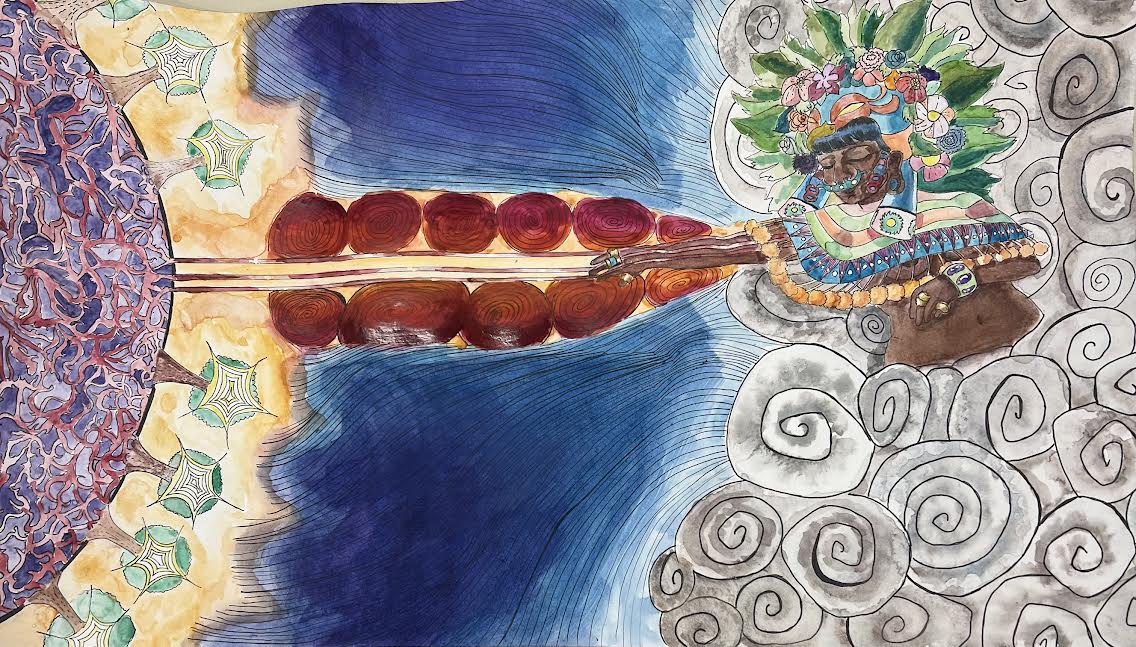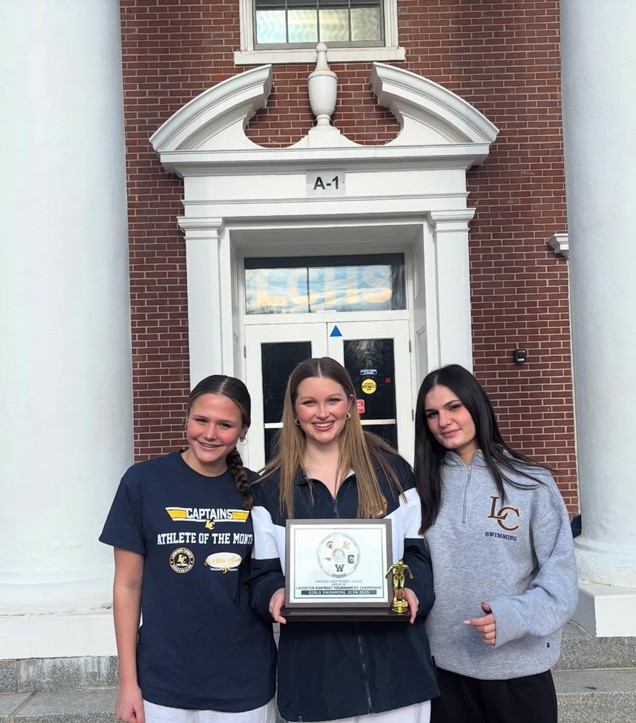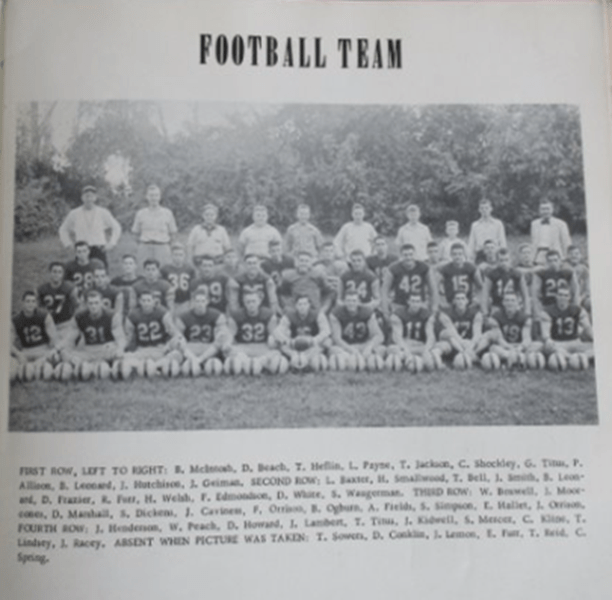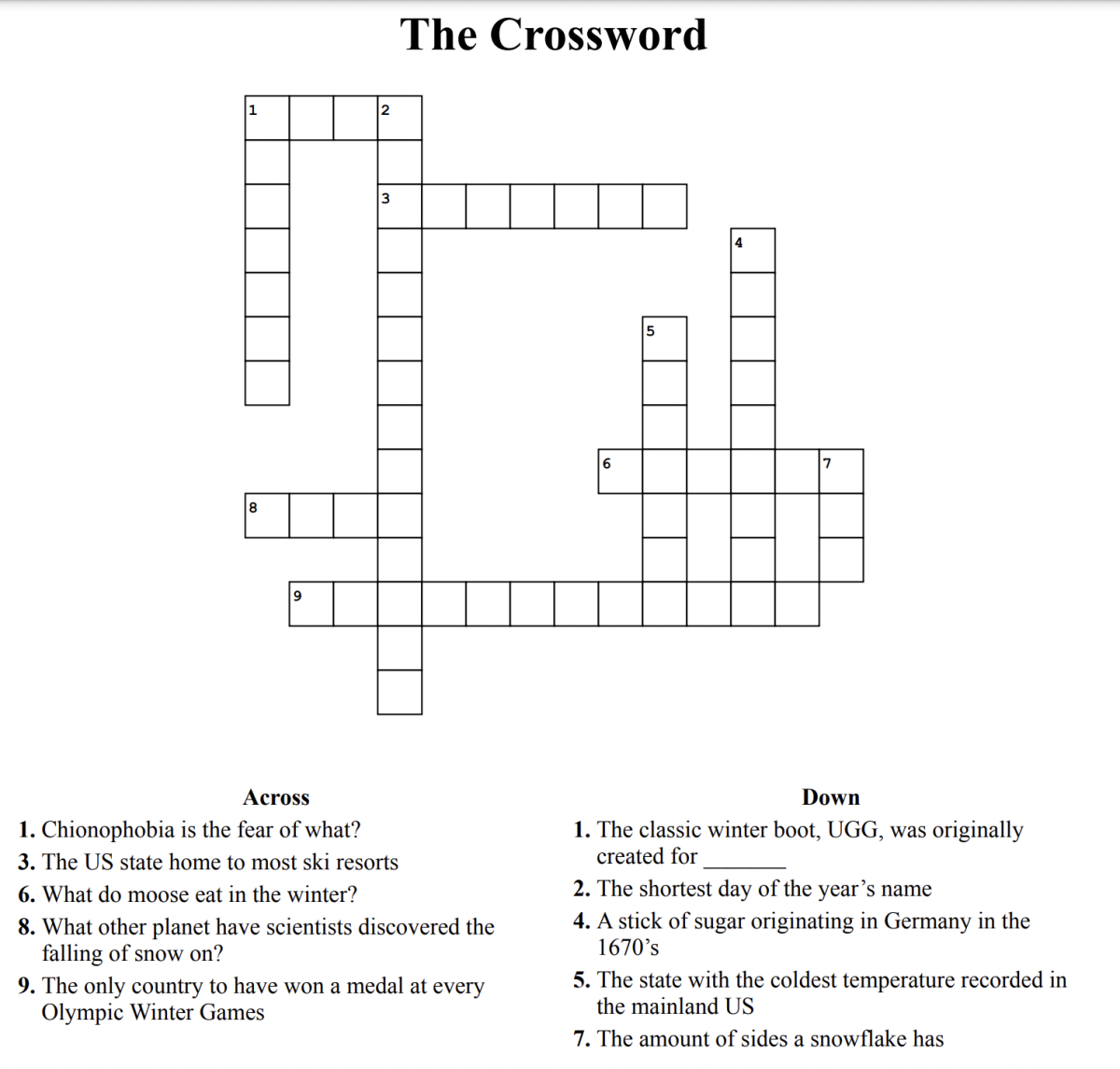Why I don’t care the Queen of England Died
I have listened with confused disdain as much of the world around me began to grieve the death of former Queen of England, Elizabeth II, a woman who inherited title, wealth, and prestige through an outdated legacy of nepotism and who stood as a symbol of the fruits of English colonialism, fittingly represented by the jewels on the crown that symbolized her rule. The world mourned a woman who, despite overseeing the gaining of independence of over 55 countries, never apologized, in word or action, for the atrocities committed by the British Empire and who allowed several acts of colonial violence to happen under her reign. They tearfully bid goodbye to a woman who sought to protect her son, Prince Andrew, in the wake of pedophilia, rape, and sex trafficking allegations, choosing to reinforce rather than break the pattern of the rich and powerful using their privilege to protect even the most repulsive among them.
One of the most far reaching and poignant legacies of the British is colonialism. The book, “All the Countries We’ve Ever Invaded: And the Few We Never Got Round To” by Stuart Laycock, tallies the countries Britain has never invaded as only 22. But more important than simple invasion is the long term exploitation, violence, and ruin that British colonialism brought to countries throughout Africa and Asia.
Although the most active period of British imperialism was over by the time Queen Elizabeth II began her reign, some acts of violence were still carried out under her supervision. One particularly horrifying example is the Mau Mau insurrection in Kenya, where in retaliation against Kenyan fighters, millions of Kenyans were tortured in detention camps.
As Susan Kent, author of “Africans and Britons in the Age of Empires” said in a Readers Digest interview, “She did not order or implement the actions [but] appears to not have done anything to prevent or constrain them either.” Says Kent, “On the contrary, she celebrated the empire, remaining silent, publicly at least, while thousands and thousands and thousands of people in Africa and South Asia suffered at the hands of colonial administrators.”
Many will argue that the queen had no real power by this period in history, but this is not exactly true. She continued to have influence over some governmental procedures throughout her reign, but maybe more importantly, she was a beloved public figure to much of the world and a figure looked up to in global politics, and when she chose to allow a person to be pictured in friendly relations with her, or sought to speak on an issue, she had extensive impact on public opinion. That she chose at times specific people and issues to associate herself with shows that she understood the power of her influence. The fact that she chose not to bring that power to bear against colonial suffering is telling.
Apartheid South Africa also existed for nine years during Queen Elizabeth’s reign.
Queen Elizabeth II also had a close personal relationship with Nelson Mandela, who she publicly supported in his fight against apartheid rule, and she also maintained a cordial public image with Kwame Krumah, the leader of the movement for Ghana’s independence, and eventual first president. Queen Elizabeth II did travel throughout large swaths of Africa as she oversaw various countries’ liberation.
Some have criticized her work, arguing that “benevolent colonialism” continued exploitation with a facade of morality, and to a certain extent I would have to agree, but it is true that she also made a real impact on the politics of the time, and in assisting to a degree in the independence of African nations subjected to British colonialism.
Despite this influence, however, the queen never publicly apologized for the transgressions committed by the British Empire against its colonies, just as she also never returned “The Great Star of Africa,” a 530-carat jewel used in her scepter, and “The Second Star of Africa,” incorporated into the Imperial State Crown, to the country they were mined from. These two jewels were cut from the “Cullinan Diamond” mined in South Africa and reportedly ‘given’ to the British Empire during its colonialism over the country. The Kohinoor Diamond, set in a crown worn by Queen Elizabeth II at her coronation, was also never returned after being taken by the East India Company as part of the Treaty of Lahore after the British won the first Sikh War, taking over territory throughout India forcefully as part of their colonizing conquests.
Jewels like these are direct symbols of colonialism, but the British monarchy, and Queen Elizabeth II specifically, never made any movement towards returning the jewels, nor towards support for reparations for the countries they exploited during the rule of the British Empire.
The Queen, who through a mix of public and private finances has a net worth of approximately $426 million, and the monarchy, which according to Forbes has a combined wealth of around $28 billion, have inherited much of that money from prior generations.
Forty five trillion dollars, according to economist Utsa Pantnaik in the Columbia University Press, was taken from India from 1765 -1938, over seventeen times more than the total annual gross domestic product of the UK today according to Aljazeera. Robert Beckford, current Professor of Black Theology at The Queens Foundation, estimated trillions more in physical wealth (not counting the work of enslaved Africans), to have been exploited from Africa during the era of British colonialism, in a documentary broadcast by BBT Channel 4. British companies still control around one trillion dollars worth of key mineral resources in Africa from their involvement snaking back to colonization, which is just another example of stolen African power continuing to be inherited by British hands, and from British hands to the monarch’s hands through the chunk of taxes that go to supporting the ostentatious lifestyle of the royals.
Although it is hard to estimate the almost uncountable amount of revenue generated by enslaved people for those British subjects monstrous enough to keep them, the British government certainly attempted to when paying out billions of pounds in compensation to those who owned slaves once the practice was outlawed in the UK in 1833, according to Dr. Nick Draper from the University College London. In a National African-American Reparations Commission article he wrote, “as many as one-fifth of wealthy Victorian Britons derived all or part of their fortunes from the slave economy.”
How is all this dirty money being used today by the monarchy? Travel, communications, utilities, and paying the lawyer bills and settlement fees for alleged rapists sons it seems, as Elizabeth II proved recently.
People never seem to benefit from having everything handed to them on a (literal) silver platter. The Duke of York, Prince Andrew, is no exception. After maintaining a lovably rambunctious image of playboy, titled “Randy Andy” by the British media, Andrew’s exploits were exposed as more reprehensibly repulsive than roguish along with many other high profile individuals who associated with Jeffrey Epstein and his child sex trafficking ring.
After the fallout from Epstein’s arrest, Virginia Giuffre, 39, brought a civil sexual assault case against Prince Andrew, who she accused of sexually assaulting her, 17 at the time, on three occasions.
The prince and his legal team came to a settlement agreement with Giuffre and her legal team, ending the ongoing lawsuit in what many reported was an attempt by the monarchy to protect its tattered reputation.
How exactly did Prince Andrew, who has a reported net worth of five million dollars, pay the exorbitant legal fees and settlement?
The Daily Telegraph wrote that Queen Elizabeth II would be paying for her son’s defense team, from income sourced from her private Duchy of Lancaster estate, and after deciding to settle, the Queen also paid around two million dollars towards Prince Andrew’s twelve million dollar settlement.
The Queen, after ensuring no real consequences will be faced by Prince Andrew, did almost nothing herself in the form of punishment beyond stripping Andrew of many of his titles. She let him keep his residence, the Royal Lodge in Windsor, and his royal guard, and ensured that the monarchy continues to pay him a stipend.
Prince Andrew is just one failing of an institution that rewards DNA and marriage contracts rather than character and work ethic, an institution that Queen Elizabeth II was a symbol of, doing her best to protect its legacy to her dying days.
Despite what I would qualify as failings, the late Queen Elizabeth II was not someone I would describe as evil. She was a hard worker, remarkably down to earth for the Queen of one of the most powerful nations in the world, and a woman who despite the controversies around her kin and status, rarely induced direct criticism, but she was also a human figurehead and humans, despite what we might want to believe are fallible, layered creatures that contain both good and evil, and generally unworthy of being looked upon as symbols for anything other than the duality of man.
That is why I don’t care. I don’t celebrate her passing, but I also don’t mourn. Her death has instigated numerous questions and calls for justice. It has also opened the door to hope for a more modern, forward-looking monarchy, willing to address the concerns worldwide of the effects of British Colonialism. This is exactly what we should be focusing on. The world doesn’t travel to lay flowers at the grave of a Zimbabwean child who died of malnutrition, I don’t see why her death means more than solving the issues created by the legacy she represented.
Your donation will support the student journalists of Loudoun County High School. Your contribution will allow us to purchase equipment and continue to print our issues for the students at our school.

Editor-in-chief Liberty Harrison is a senior at LCHS. This is her third year working on the newspaper staff. She would like to one day be an investigative...



















